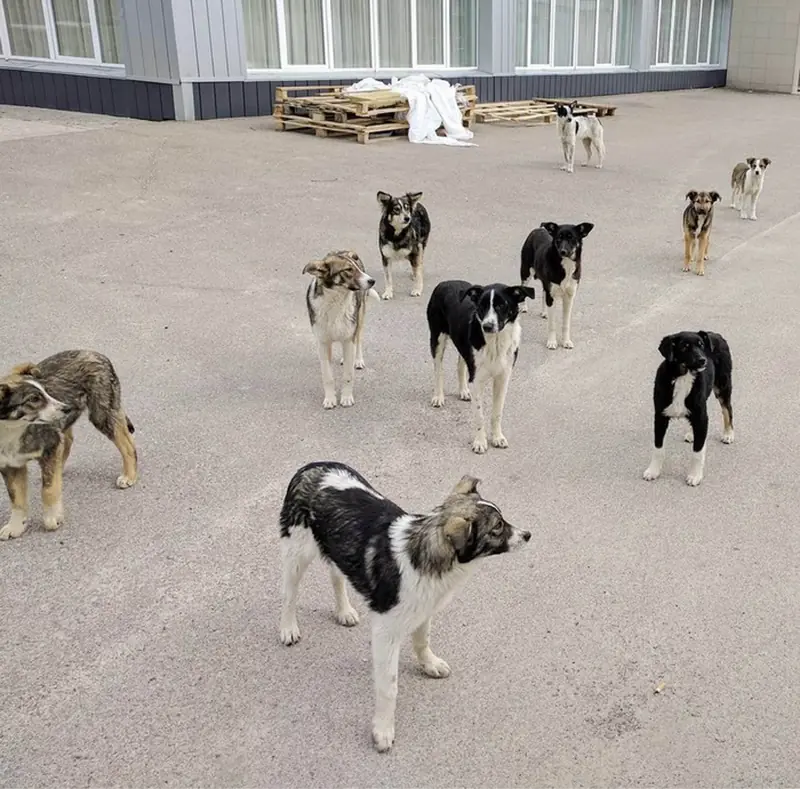Researchers from the National Human Genome Research Institute (USA) have confirmed that the resilient dogs living near the Chernobyl Nuclear Power Plant are genetically distinct from other dogs around the world. Evolution is typically seen as a slow process, but these dogs have undergone rapid evolution in less than four decades. What did scientists discover?
During their study, researchers analyzed blood samples from dogs roaming the exclusion zone, as well as from dogs in nearby areas. They found that the pups closer to the site of the explosion exhibited differences in their DNA. The team confirmed that these animals are genetically different from other dogs globally, as reported by IFLScience. Elaine Ostrander, the lead author of the study, noted that scientists were able to identify populations of dogs living near the reactor. Now, researchers can determine which dogs are from Chernobyl simply by looking at their DNA profile.
However, it remains unclear how these genetic differences affect their health. Interestingly, dogs are not the only animals that have evolved since the disaster. Geneticists discovered that wolves in the area have developed a resistance to cancer. Meanwhile, the wood frogs in the exclusion zone have darkened in color; this adaptation has significantly reduced the impact of radiation exposure on them.

So, why are Chernobyl’s dogs now genetically different? While the study did not provide a direct answer to this question, scientists proposed several hypotheses regarding the impact of radiation on animal populations. One possible explanation, presented in a 2020 study, is that radiation causes mutations, which in turn promote genetic variability passed from parent to offspring. According to another theory, animals unable to cope with radiation exposure will die off, leaving a population that is better adapted to the new environment. This has the opposite effect—reducing genetic variability.
In 2022, researchers measured genetic diversity in water fleas inhabiting Chernobyl’s lakes. They found that the level of genetic diversity was higher in lakes that received greater levels of radiation. This suggests that, in this case, mutation was a primary evolutionary force influencing the genes of the insects. What about the genetic evolution of Chernobyl’s dogs? It showcases remarkably rapid processes that can occur in populations affected by environmental changes. The team believes it is too early to draw conclusions on this topic; scientists still have much to uncover.
